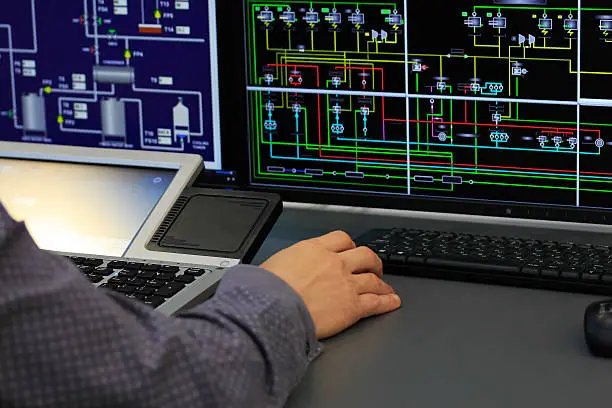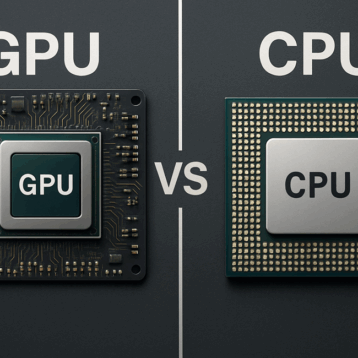In today’s business environment, efficient supply chain management is crucial for excellence and customer satisfaction. Businesses are increasingly adopting warehousing solutions to optimize their operations and improve profitability. At the core of this transformation are asset tracking system technologies that enhance warehouse visibility, control, and productivity. In this post, we will delve into the growing importance of asset tracking systems and how they contribute to the rise of warehousing.

The Evolution of Asset Tracking Systems
Enhancing Efficiency
In warehouse setups, manual inventory management often leads to inefficiencies, delays, and errors in operations. Recognizing these limitations, businesses turned to technologies to stay competitive.
Harnessing RFID Technology
Radio Frequency Identification (RFID) emerged as a game changer when it comes to asset tracking software. By using fields to identify and track tags attached to objects, RFID technology enabled real time monitoring.
Progress with IoT and Cloud Computing
The expansion of the Internet of Things (IoT) has opened up countless possibilities for asset tracking systems by leveraging cloud computing capabilities.
By linking sensors to cloud-based platforms via networks, it becomes possible to gather and analyze data from various assets.
Benefits of Implementing Asset Tracking Systems
Real-Time Visibility
With the use of asset tracking systems, warehouse managers can easily track the location of assets at any given time without relying on checks or extensive searching.
Streamlined Inventory Management
By adopting automated solutions, the risk of error is greatly reduced as accurate information about stock levels is provided, enabling updates on inventory movements.
Improved Operational Efficiency
Asset tracking systems provide real-time insights that facilitate resource utilization. By eliminating bottlenecks and optimizing workflows, productivity is enhanced.
Enhanced Security
The loss or theft of assets can result in setbacks. Asset tracking systems enable measures such as geofencing alerts and secure entry/exit mechanisms to prevent asset loss.
Role in Smart Warehousing
Data-Driven Decision-Making
Leveraging data from asset tracking systems allows warehouse managers to gain visibility into inventory trends, demand patterns, and operational performance. These insights support decision-making processes.
Optimal Space Utilization
Asset tracking systems empower warehouses to identify underutilized areas and optimize storage spaces accordingly. Not only does this help minimize waste, but it also allows for more efficient strategies in picking and replenishing items.
Efficient Order Fulfillment
Efficient order fulfillment is another advantage. When assets are accurately tracked, warehouse staff can easily locate items, which reduces the time needed to process orders.
Integration with Technologies
Smart warehousing also benefits from integration with technologies. Asset tracking systems can easily work together with Robotics Process Automation (RPA) and Artificial Intelligence (AI) solutions to enhance automation and improve efficiency.
Trends in Smart Warehousing
AI Integration
In terms of trends in warehousing, there are promising developments on the horizon. One such trend is the integration of Artificial Intelligence (AI). AI-powered algorithms can analyze the large amount of data collected by asset tracking systems to provide insights. This includes analytics, demand forecasting, and anomaly detection, all of which contribute to decision-making in warehouse operations.
Robotics and Automation
Another emerging trend is the use of robotics and automation. Collaborative robots (cobots) and autonomous vehicles can work alongside employees in warehouses. They excel at performing tasks like picking, packing, and sorting, leading to increased productivity while reducing labor costs.
Transparency through Blockchain
Blockchain technology provides a transparent method to monitor the movement of goods across the supply chain. By integrating asset tracking systems with blockchain, stakeholders can access real-time information about product origins, quality assurance certifications, and delivery schedules, enhancing trust and traceability.
Conclusion
The implementation of asset tracking systems signifies a milestone in warehouse management practices. With real-time visibility, streamlined inventory management processes, improved efficiency, enhanced security measures, and integration with emerging technologies such as AI and blockchain, smart warehousing is poised for growth.
Businesses that embrace these technologies will gain an edge by optimizing their supply chain operations while prioritizing customer satisfaction.
So start your journey towards smart warehousing today!










